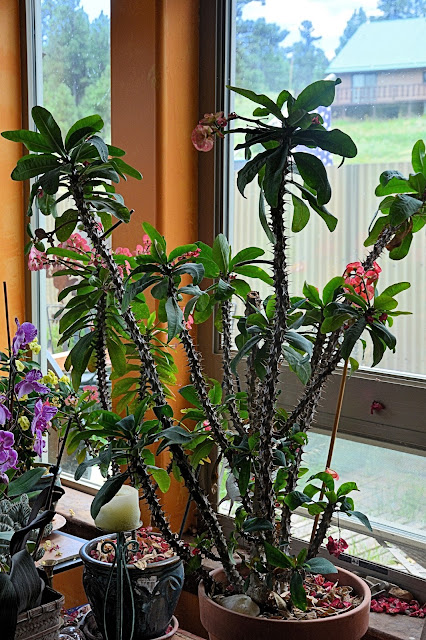Dawson Cemetery
Dawson, New Mexico was a company town. And after the two mine disasters in 1913 and 1923 the company buried the 263 of the 1913 disaster, and the 123 of the 1923 collapse in the company cemetery with cast iron markers in white. Most were Italian or Greek and their extended families were in the old country. They came here seeking a new beginning. And ended up with a small plot and a white cross.
There was a world wide depression in the 1980's and in the first decade of the 1900's immigration from Europe increased from 3.5 to 9 million. Many were pulled here by contract labor agreements offered by recruiting agents, known as padrones to Italian and Greek laborers. Hungarians, Poles, Slovaks, Bohemians, and Italians flocked to the coal mines or steel mills, Greeks preferred the textile mills, Russian and Polish Jews worked the needle trades or pushcart markets of New York. Railroad companies advertised the availability of free or cheap farmland overseas in pamphlets distributed in many languages, bringing a handful of agricultural workers to western farmlands.
The town of Dawson is no more. It became a ghost town in 1950 when Phelps Dodge closed the mines. Over the years the town, which even boasted of an opera house, was dismantled for building materials. What remains is the cemetery, and its silent message that while all wars are economic not all of them are fought on battle fields and not all died in a hail of bullets. And not all perished in the mines.
In the October 22, 2013 mine disaster 286 went into the mine and only 23 came out alive. A 146 were Italian and 36 were Greek. It was caused by a mining violation of safety rules. Given the mistreatment of many miners and their families by the mining companies I have to wonder about whether the widows and children were kicked out of company housing and sent packing so the next wave of immigrants could be hired, housed and sent down to get the precious coal. Outside the miner's plots are the graves of unadvertised babies, and their mothers. The dates would say that the tragedy of losing a loved one in the mine made their pregnancy an extra burden.
Descendant of the dead at Dawson have a formal reunion every other year and tend to the graves. They are even allowed to revisit the site of the town of Dawson which is on private property. The mines and their dead are as much a history of the west as the more colorful range wars, and its notorious outlaws. I think it is why we distrust big businesses and root for the underdog.
The two explosions at the Dawson mines were the biggest mining disasters at the time. Mine safety laws allowed states to declare a mine unsafe but they were all the biggest source money in the economy under populated states. Miners at the Ludlow mine in Colorado were on strike at the time of the first Dawson mine explosion. The Ludlow Mine Massacre happened in 1914 following a year long strike. The striking miners and their families had been kicked out of company housing and were living in tents. Estimates of that death toll range from 19 to 26 and include women and children. It is hard to imagine a happy life in the company owned towns.
The Dawson Cemetery seems a focus for much grief. They may not have been my relatives but I have friends who have relatives memorized here, and on the miner's memorial in Trinidad, Colorado. It seems to represent a collective shame about a part of our history when we sent the poor into unsafe conditions beneath the earth. WOP incidentally did not refer to just Italians but to any immigrant With Out Papers. They were considered of less value than mules. A mule had to be trained and taken care of so it would work. Wops who died in the mines were immediately replaced with new Wops coming through Elias Island legally.
The prayer ribbons on the barbed wire fence are new since my last visit. If you go take ribbons.










Comments
Post a Comment
I write for me but I care what my readers think. Please be polite and no scamming.